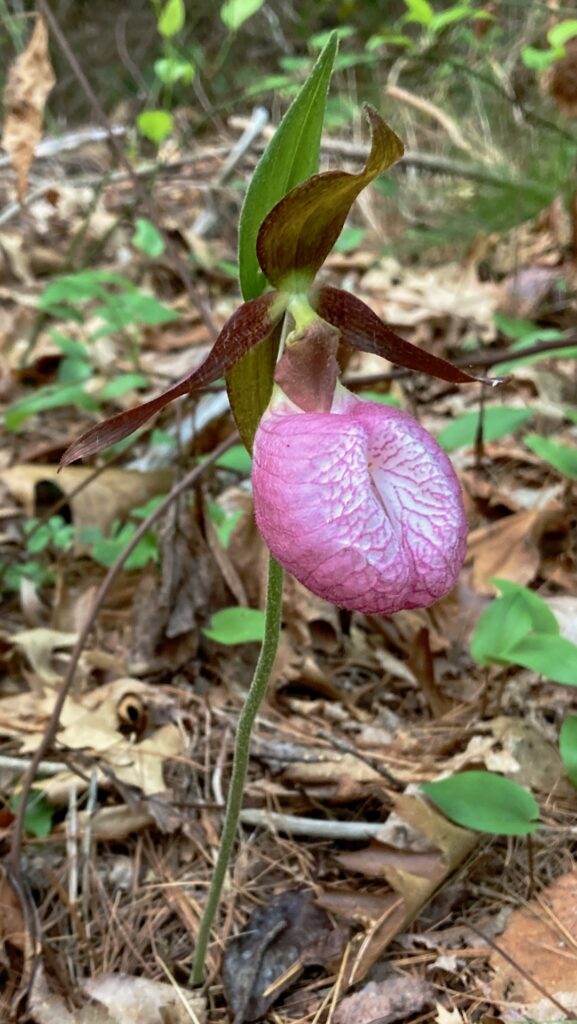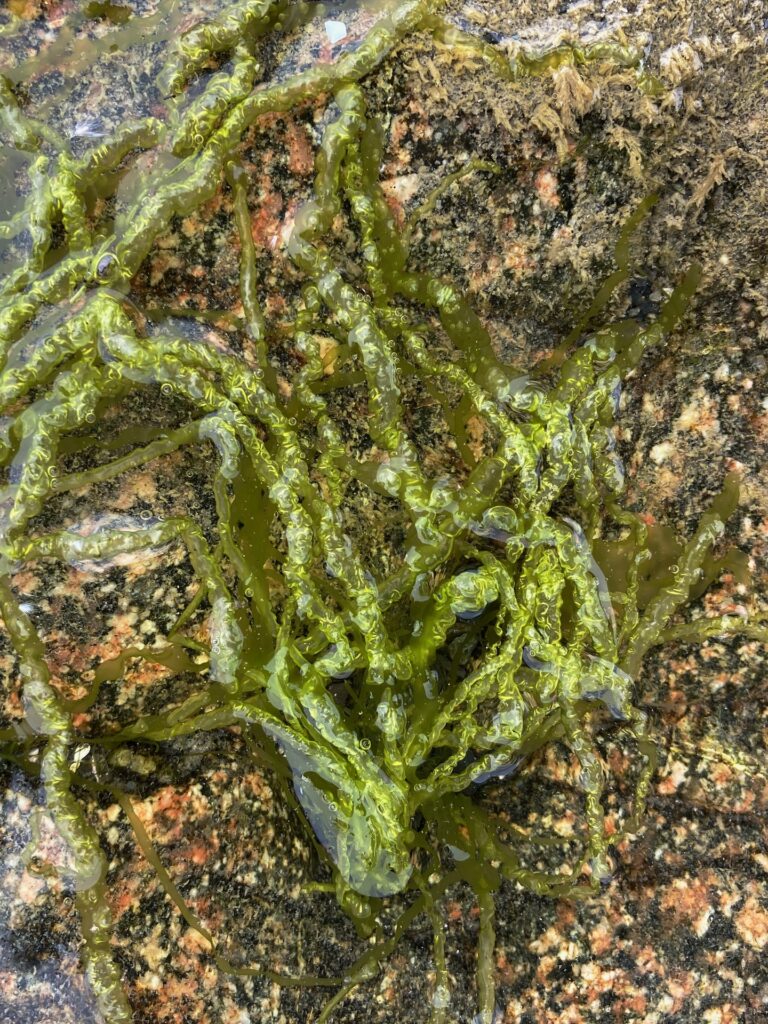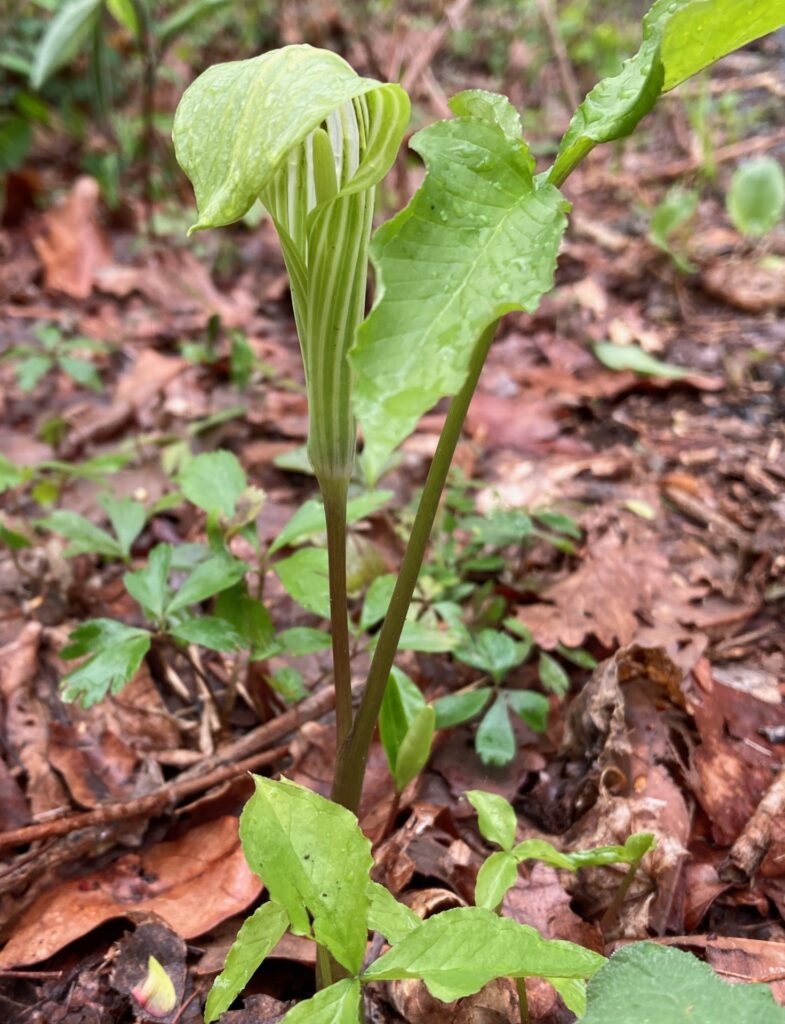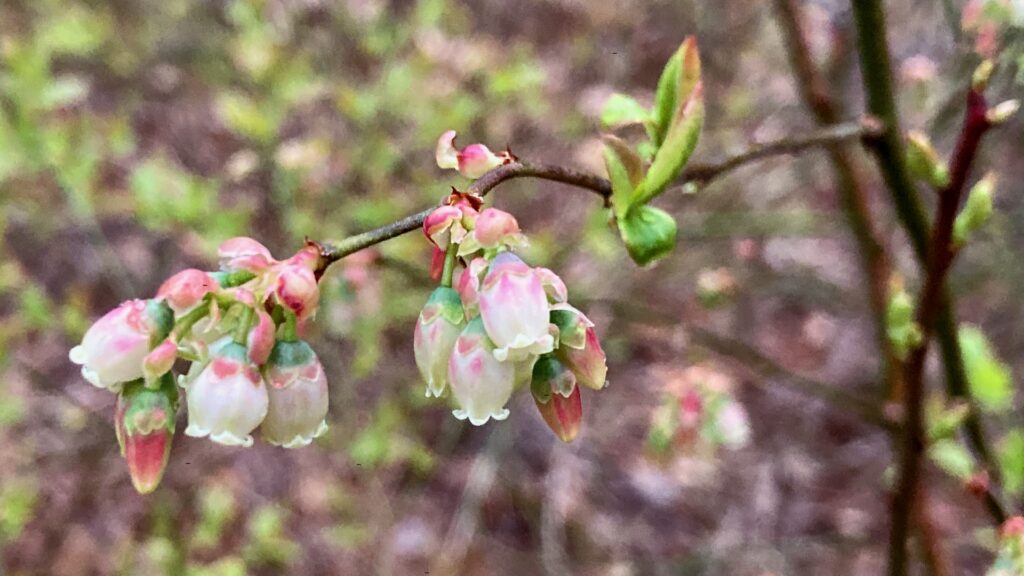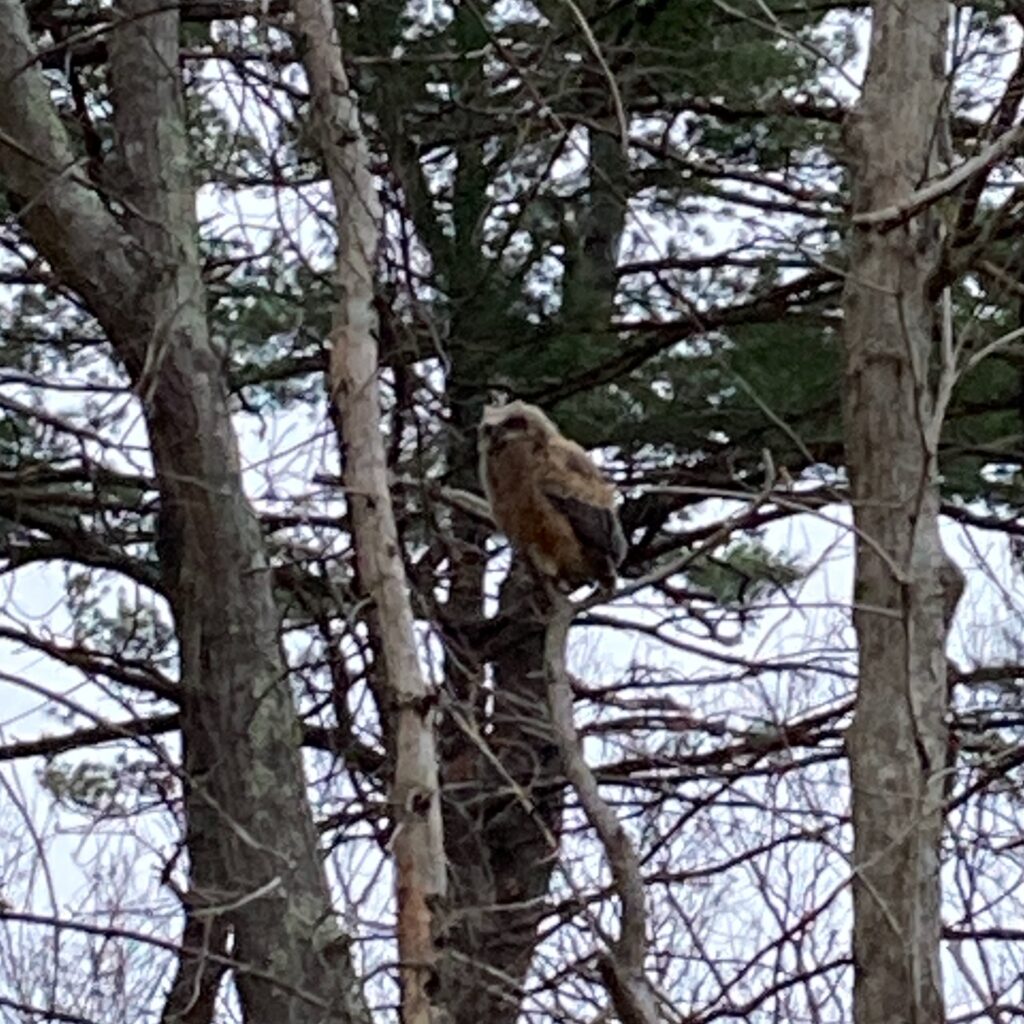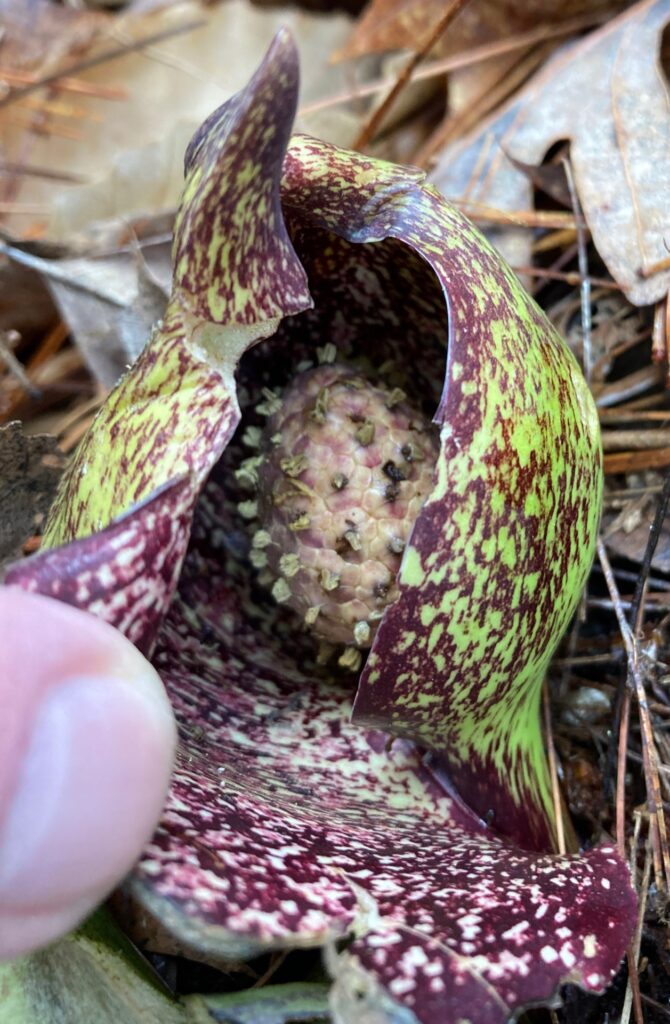Orcas off the Iberian Peninsula have been ramming sailboats, and have even managed to sink three boats, according to Live Science. Humans who claim to be experts on orcas think they know the reason why:
“Experts suspect that a female orca they call White Gladis suffered a ‘critical moment of agony’ — a collision with a boat or entrapment during illegal fishing — that flipped a behavioral switch. ‘That traumatized orca is the one that started this behavior of physical contact with the boat,’ López Fernandez said.”
I’m mildly skeptical of this explanation only because trauma has recently become a popular human explanation for everything. I don’t mean to minimize the effect of traumatic events on humans (or other organisms). But I’m reminded of the mid-twentieth century when, under the influence of Freudianism, sex was the popular explanation for everything. In that time period, trauma was not regularly invoked to explain mammal behavior, so I can imagine mid-twentieth century cetologists explaining orcas sinking boats as somehow being motivated by sex.
NPR reported on the same story, with some additional details, including the fact that orcas seem to like biting sailboat rudders:
“Jared Towers, the director of Bay Cetology, a research organization in British Columbia, says ‘there’s something about moving parts … that seem to stimulate them…. Perhaps that’s why they’re focused on the rudders….'”
Ultimately, we humans don’t know why orcas are ramming sailboats and biting rudders. (Actually, we really know why humans do many of the things we do.) I suspect this has become a news story mostly because humans who are part of Western cultures get worried when other animals threaten us or make us feel that we might not be the apex predator. This attitude is in part due to the influence of Western religions — both Judaism and Christianity have a sacred text that claims that a deity gave to human beings the right to have dominion over all other living beings. But orcas have not read the Bible, and they didn’t get the memo that humans are in charge.
